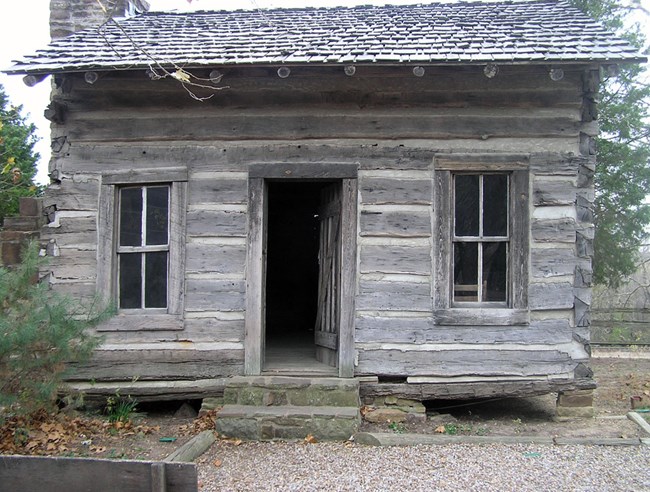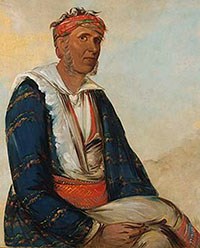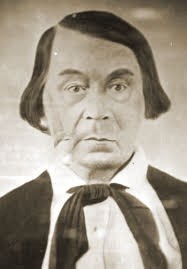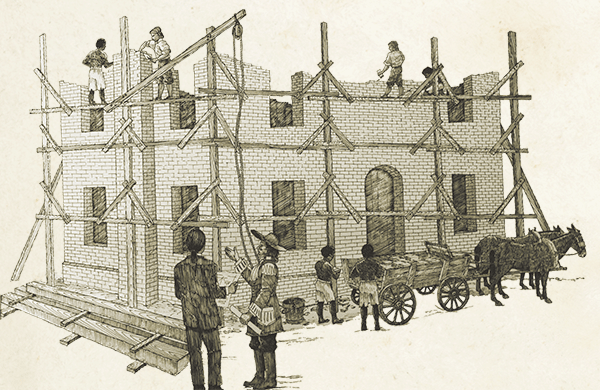Last updated: June 11, 2020
Article
Webbers Falls - Old Settlers, New Homeland


Those that moved west early became known as Old Settlers. By 1828, the Old Settlers established their own government and communities and Chief Walter Webber established a trading post. Many Cherokee had already faced persecution in Arkansas. Some moved several times across multiple states before settling in Indian Territory at Webbers Falls.

Tahlonteeskee, the capital for the Old Settlers, stood on the banks of Deep Branch very near the mouth of the Illinois River. When the last detachment landed here in 1839, a frontier commercial center stood on the opposite bank less than a mile upstream. John Drew, who led the last detachment west in 1838, was also an Old Settler. Proximity of these facilities might have allowed for rest or supplies, but the final disbandment site was to the north near Tahlequah.

Georgia Department of Natural Resources
The Cherokee Nation had been economically successful and in the Southeast and some displayed their wealth in a manner that matched white settlement. In Indian Territory, some wealthy Cherokee rebuilt with a replica. Cherokee Joseph “Rich Joe” Vann rebuilt his plantation house in Indian Territory. It was a replica of the one that still stands in Chattsworth, Georgia (below). The new home was finished in 1839. Vann's slaves moved with the Cherokee detachments as well.
You can visit Vann's home in Chattsworth, Georgia - Chief Vann House State Historic Site.
Return to Webbers Falls - Last Stop for the Last Detachment.
Return to Itinerary for Western Arkansas and Oklahoma.
Return to Itinerary for Western Arkansas and Oklahoma.
